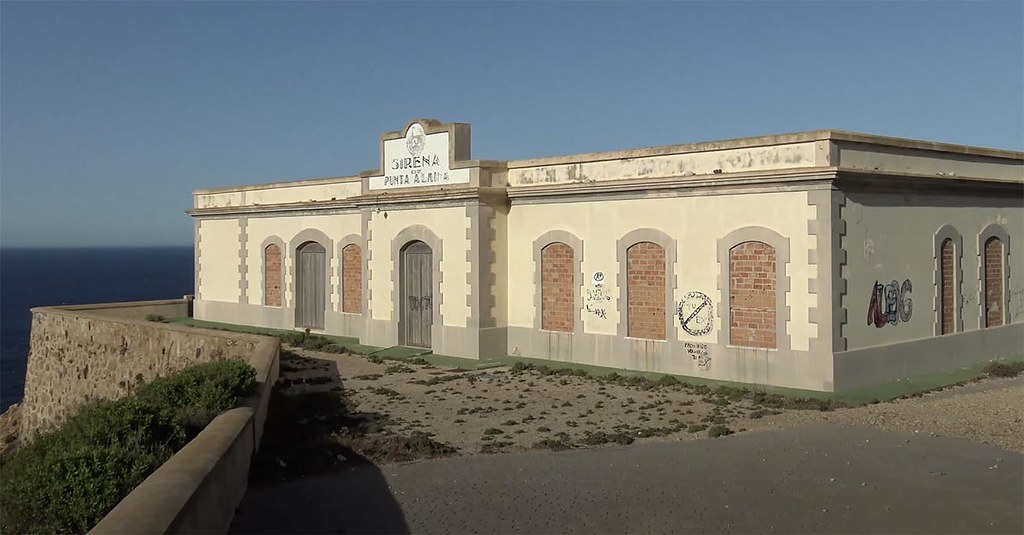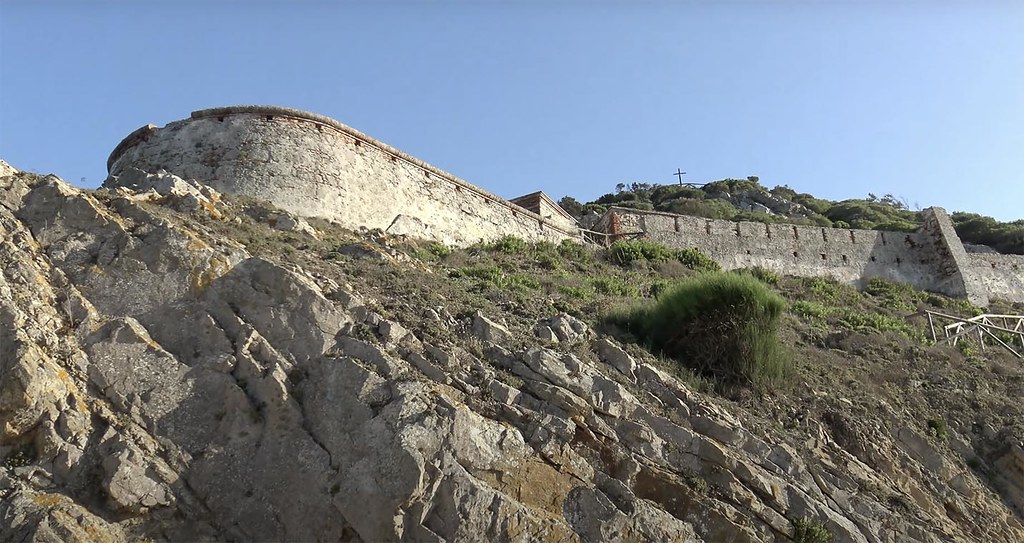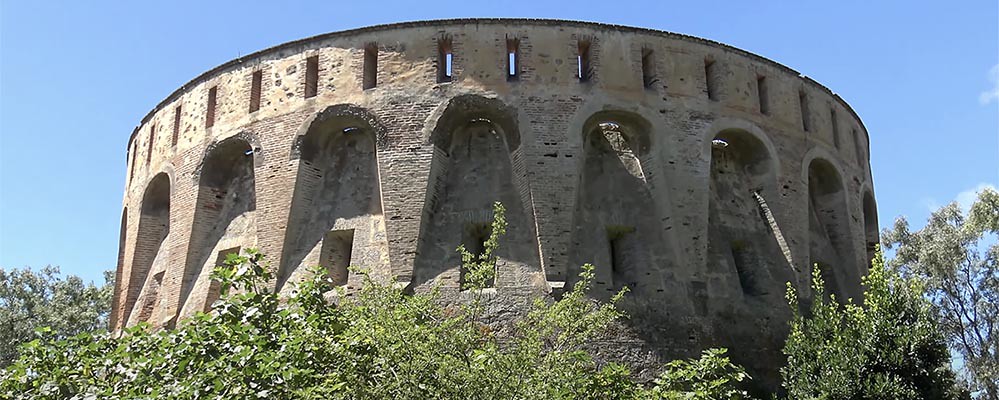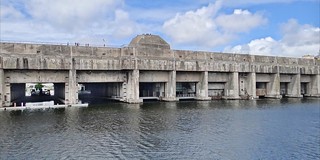A tour of the old defenses of the Spanish city of Ceuta and its foghorn
Ceuta is one of the two Spanish cities (along with Melilla) in North Africa, bordering the Kingdom of Morocco.
In 1415 the city of Ceuta was conquered by the Kingdom of Portugal (hence the fact that its coat of arms is very reminiscent of the Portuguese national coat of arms, and that its flag has the typical design of the flags of Lusitanian cities). In 1640 , when the Kingdoms of Spain and Portugal parted ways after 102 years of union under the same crown, Ceuta decided to remain under Spanish sovereignty, a fact that was recognized by Portugal in 1668.
All these centuries of Spanish presence in Ceuta have not been exactly easy, due to the attacks that the city suffered by Moroccans, British and Dutch since the end of the 17th century and during most of the 18th century. Of all these attacks, the most serious was the Siege of Ceuta by the Sultan of Morocco, a siege that lasted 33 years, from 1694 to 1727. These war episodes led Ceuta to be closely linked with the Spanish Army. In addition, for its defense several fortifications were created , among them seven towers built during the 19th century and known as Neo-Medieval Forts, due to their architectural style, as well as the Príncipe Alfonso Fort.
Today these defenses, already obsolete, are abandoned. Not so one of the main fortifications of the city, the Royal Walls, built by the Portuguese in the 16th century and which divide the city into two parts, separated by a navigable moat.
The always interesting YouTube channel Aventuras Entresierras (to which I recommend you subscribe) published yesterday a video in which he tours some of these defences, specifically the Tortuga Bunker, on the Monte del Renegado; the Isabel II Tower (one of the seven Neo-Medieval Forts), the Royal Walls, the Punta Almina Fort (built in the 18th century) and the Valdeaguas Battery, built in 1878. The video also includes a visit to the old Foghorn of Punta Almina, also abandoned (the video is in Spanish, you can activate the automatic subtitles in English in the bottom bar of the player):
PYou can see below some screenshots of the many interesting things that can be seen in this video. Here we have the Tower of Isabel II.

The protagonists of the video take a kayak tour of the navigable moat of the Royal Walls. The boat that we see in the background belongs to the Ceuta Sea Company, a unit of the Spanish Army that is part of Logistics Unit No. 23 (ULOG 23) and wears uniforms like those of the Navy.

The Foghorn Punta Almina, whose building, now abandoned, contained a nautophone to notify ships of the presence of the coast on foggy days. Here you can hear how one of these foghorn sounds.

The Punta Almina Fort, seen from the siren. In the video you can see its interior.

|
Don't miss the news and content that interest you. Receive the free daily newsletter in your email: Click here to subscribe |
- Lo más leído
- A large collection of Volkswagen cars hidden in an abandoned mine in Switzerland
- The Krak des Chevaliers, a great Crusader fortress that was conquered by deception
- The supermassive black hole of Phoenix A, the biggest known light-devouring monster
- An old Soviet military plane abandoned from 1971 on a Russian island near Alaska
- The Maid of Harlech: the P-38 fighter that was buried on a beach for 65 years
- Sabbione: a beautiful Swiss town that looks like something out of 'The Lord of the Rings'
- The unknown Soviet female cosmonaut who died on a mission: history or hoax?

 ES
ES





Opina sobre esta entrada: